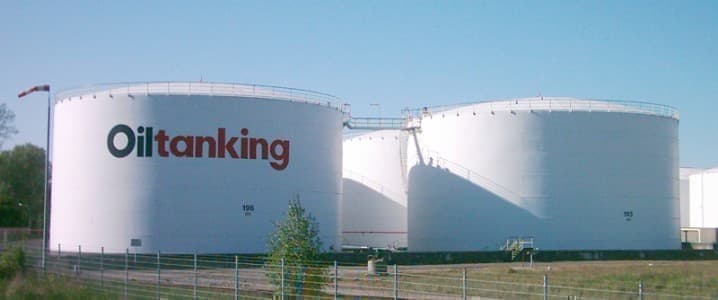WTI crude prices slid on Tuesday morning to just above $70 per barrel—an important psychological threshold for the U.S. crude oil benchmark.
WTI was trading at $70.16 per barrel at 11:34 a.m. ET, a $1.62 (2.26%) drop on the day, as renewed fears of immediate lackluster global demand pervaded the oil markets.
The Brent crude oil benchmark also was trading down on Tuesday—by 1.47%, to below $75 per barrel at $74.99.
The catalysts behind the moves are generally demand-based. In a show of no confidence in its economy, China slashed its main benchmark lending rates for the first time in nearly a year on Tuesday—by 10 basis points for its one-year loan prime rate. As crude oil’s number one importer, a weak Chinese economy spells trouble for global crude demand. Lending credence to China’s economic woes was Goldman Sachs’ Sunday forecast on China’s economy, which included phrases like “fizzled out” to refer to China’s post-Covid recovery.
The demand concern doesn’t stop with China. The European Union has seen two consecutive quarters of economic contraction thanks to inflation and slowed consumer spending. Economic output in the EU fell during Q1, adding to the fears that a global slowdown could dent oil demand.
The largest bearish factor, however, is OPEC+’s production quota cuts. While this would seem in theory to restrict crude oil supply, the move is a testament to the group’s likely outlook on crude oil demand—mainly crude oil demand from China.
Meanwhile, U.S. crude oil production has rallied over the last two weeks to 12.4 million bpd, a rise of 200,000 bpd from the beginning of the year.
WTI is still trading above the lows seen on June 14 and June 15, when the U.S. benchmark prices sagged to near $68 per barrel.
By Julianne Geiger for Oilprice.com
More Top Reads From Oilprice.com:
- ‘Nuclear Diesel’ Could Become A Gamechanger In Energy Markets
- Saudi Arabia’s Crude Oil Exports Dropped To A Five-Month Low In April
- UK Manufacturing Sector Soars Thanks To Aerospace Boom


















The Bank of China’s slight slashing of its main benchmark rate by 0.1% for the country’s benchmark one-year and five-year interest rates for loans is so minute that it is merely intended to signal the bank’s preference of more domestic spending to maintain the rate of economic growth. This has nothing whatsoever to do with a flagging economy.
China’s economy grew by 4.5% in the first quarter of 2023 compared with 1.3% for the United States’ and 0.8% for the EU’s and is projected to grow by 5.2%-6.5% during the year.
The minute rate cut by the People’s Bank of China puts it at odds with the policies of Western central banks which have been pushing rates up in response to rising inflation. China’s current inflation is 0.2% compared with 4.9% in the United States and 7% in the EU.
Moreover, global oil demand is robust as judged by China’s and India’s crude imports breaking records and exceeding 13.0 million barrels a day (mbd) and 5.0 mbd respectively and Russian exports of crude and petroleum products breaking records several times this year.
The global economy is now divided into two worlds. The Asia-Pacific region led by China is vibrant, booming and growing fast with negligible inflation. The other half mainly the United States which is experiencing anaemic growth and also facing banking difficulties and the EU which is contracting with both burdened by high inflation.
If there are demand fears in the market, China's economy has nothing to do with them. It is the US banking woes that are triggering them.
Dr Mamdouh G Salameh
International Oil Economist
Global Energy Expert